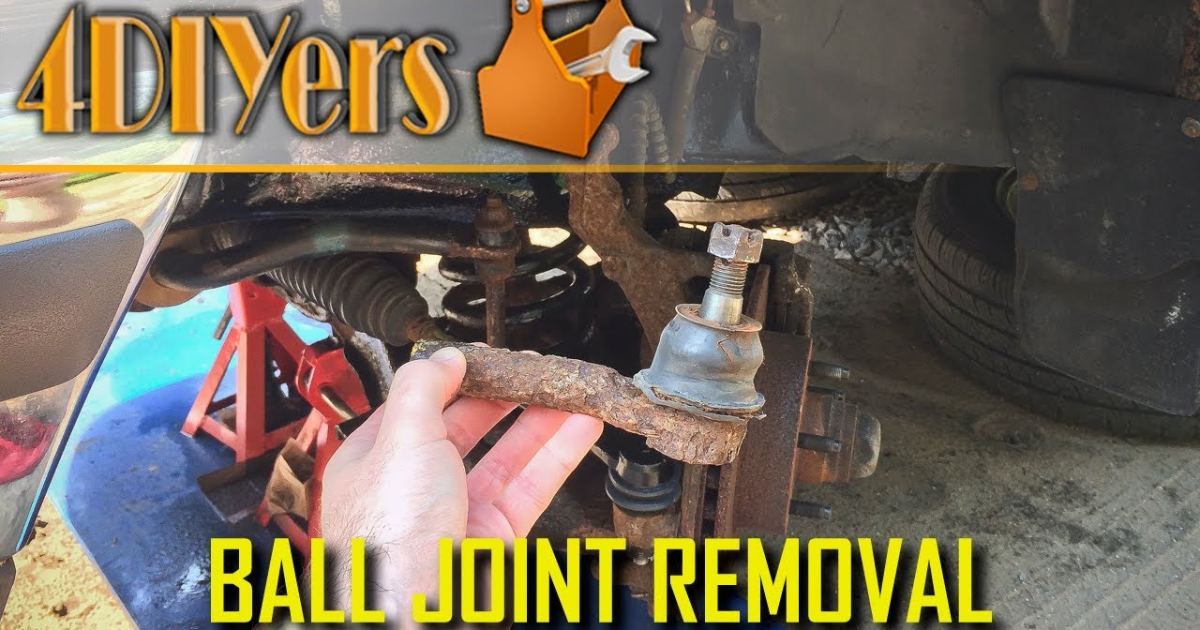Driving without a valid license plate is illegal in all 50 states in the US. However, some states only require the back license plate, meaning you can legally drive without the front plate number in some states. But what does the law say about driving without license plates? And what are the consequences of driving without license plates?
License Plate Laws
Each state has to decide for themselves regarding license plate laws. However, license plate laws have to be simple and straightforward. License plates must be attached to the provided space on your vehicle, and they need to have current tags and be visible. The states that mandate you drive with both the front and back license plate are primarily states in the Northern part of the state, except for Hawaii and Texas.
Consequences for Driving Without License Plates
The consequences of driving without license plates differ depending on the state you live in. In some states like California, if you have registered your car and you simply don’t have a plate on it, the officers may only give you a verbal warning or a fix-it ticket between $100 to $200. In some other states, you may receive a heavy fine for driving without the license plate.
Driving without a license plate or with a missing plate number prevents the ANPR systems and other road users from identifying your vehicle, should they require your car details. The state laws consider it illegal to drive with missing plate numbers that the ANPR systems cannot identify.
Do You Need a Front License Plate?
While all 50 states mandate you affix the rear license plate while driving, almost half of the states permit you to drive without the front license plate. If you want to drive without the front license plate, see your state’s law before you hit the road. You can find out by just checking the DMV/BMV websites.
How Long Must I Wait to Get My License Plate?
The exact time to wait for your license plate to arrive varies depending on the state you live in. However, you will receive it within two to three weeks. If you did not receive it within 30 days, contact your Department of Motor Vehicle (DMV) for an update on your license plate delivery.
What are the Requirements to Get a License Plate?
The first requirement for a permanent license plate is to officially register your car in the state. To register your car, you need to provide proof that you own the car, which should be in the form of a vehicle title and other paperwork, depending on your state. For example, you will be asked to provide your vehicle title in your official name, evidence of insurance, driver’s license, and other details about the car, such as odometer reading, car make and model, and vehicle identification number (VIN).
Final Words
License plates won’t stop you from driving, but in all 50 states, it is illegal to drive without a rear license plate. The number plate fell off; can I drive? Clearly, there are two sides of the coin. You are mandated to drive with the rear license plate. But it is legal to drive without the front license plate in 19 states. Not only do each state have its individual laws after license plates, but they are changing. For example, Ohio recently amended its laws and allowed drivers to go “plateless”, at least at the front.




